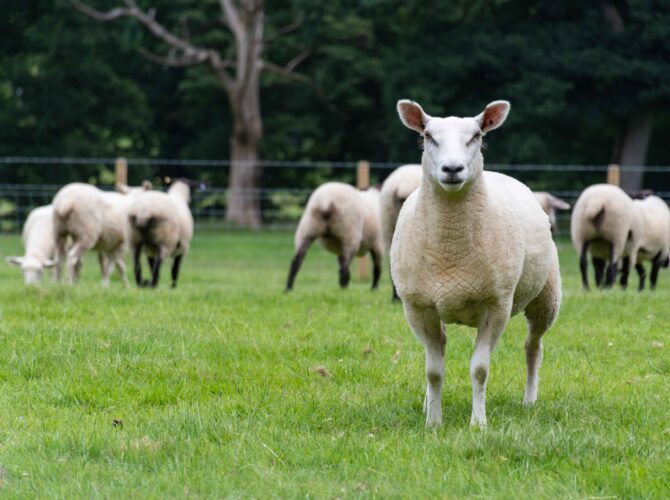Are You Getting the Most From Your Housing/Winter Fluke Treatment?
1st September 2023

The decision made at housing for fluke treatment depends on multiple factors, but with fluke having a significant impact on growth rate and time to finishing (1) we need to ensure what we do is effective. This means using the right product, at the right time, using the correct dose and administering it in the right way. Unfortunately, no one treatment in isolation will kill all stages of fluke present without consideration of timing of dose.
There are two main aims for treating animals for fluke around housing:
- to remove the burden picked up from the pasture during the months before housing, when the pasture levels of infectious stages of fluke are likely to be increasing. By removing this burden when housed, it will help the cattle to perform well over winter and achieve their potential growth and productivity
- to prepare for the following grazing season: by correctly removing these immature fluke they will not develop into egg laying adults and contaminate pasture next year
For best results you need to consider the number and age of fluke likely to be present. The NADIS fluke forecast and farm history will help guide this; generally in late summer/autumn, there will be increasing levels of fluke on pasture thus many newly acquired (immature) fluke within the cattle liver.
If infection pressure is high, it may be more beneficial to treat at the time of housing. If infection pressure is low, and animals have been grazed on low risk pasture, it may be better to delay treatment, or carry out testing to see if treatment is necessary. The treatment options depend on the decision made on when to treat:
| When to treat | Advantages | Disadvantages | Treatment recommendations |
| At time of housing | Convenience of handling at time of housing, which minimises handling stress Recommendation of triclabendazole drench removes most of the fluke as early as possible | Any fluke under the age of kill at the time of treatment may survive and go on to affect animal. Will need a second treatment (ideally with a different active) to remove any remaining fluke | triclabendazole drench |
| After start of housing: depending on which active is used to treat | All stages of fluke present in cattle being treated by the appropriate flukicide | Growth rates may suffer initially until treatment is carried out | triclabendazole drench 2 weeks after housing triclabendazole pour on 6-8 weeks after housing closantel 7 weeks after housing nitroxynil 8 weeks after housing |
NB An adulticide fluke treatment – e.g. oxyclozanide or albendazole – would be an inappropriate choice at housing as we expect the majority to be immature or early immature fluke, so an adulticide would be ineffective given at housing and delaying treatment by 10-12 weeks would risk a significant impact on growth rate.
When selecting the appropriate treatment, it is important to consider resistance to any flukicide previously diagnosed on farm and meat/milk withdrawal periods.
There are many approaches to managing liver fluke on-farm and working with your farmer to implement a parasite management plan following the principles discussed here will help reduce the economic and production losses associated with liver fluke.
- Mazeri et al, Nature Scientific Reports, 7: 7319, 2017
- COWS Manual
Elanco and the diagonal bar logo are trademarks of Elanco or its affiliates. Use medicines responsibly (www.noah.co.uk/responsible). For more information call Elanco Animal Health on +44 (0)1256 353131, or write to Elanco UK AH Limited, Form 2, Bartley Way, Bartley Wood Business Park, Hook, RG24 9XA.
© 2020 Elanco or its affiliates. PM-UK-20-0723. Date of Preparation: September 2020.

